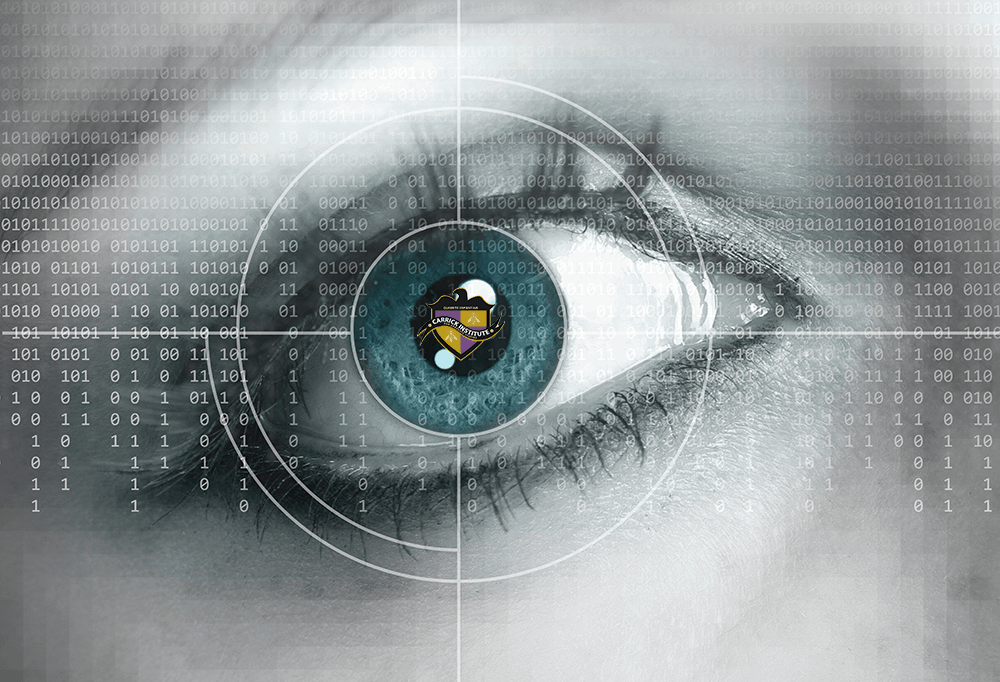 When performing your patient examinations, are you currently assessing the patient’s pupillary light reflex? If so, what are you looking for and what does it mean for the patient’s clinical presentation?
Carrick trained functional neurologists are assessing several things when they shine a light into the patient’s eyes. A small list of the objective findings being looked for are:
When performing your patient examinations, are you currently assessing the patient’s pupillary light reflex? If so, what are you looking for and what does it mean for the patient’s clinical presentation?
Carrick trained functional neurologists are assessing several things when they shine a light into the patient’s eyes. A small list of the objective findings being looked for are:
- time to activation
- time to fatigue
- consensual response
- anisicoria observed? (cormiosis or corectasia)
- and more..
Abstract
Context
Although the pupil light reflex has been widely used as a clinical diagnostic tool for autonomic nervous system dysfunction, there is no systematic review available to summarize the evidence that the pupil light reflex is a sensitive method to detect parasympathetic dysfunction. Meanwhile, the relationship between parasympathetic functioning and hearing impairment is relatively unknown.
Objectives
To 1) review the evidence for the pupil light reflex being a sensitive method to evaluate parasympathetic dysfunction, 2) review the evidence relating hearing impairment and parasympathetic activity and 3) seek evidence of possible connections between hearing impairment and the pupil light reflex.
Methods
Literature searches were performed in five electronic databases. All selected articles were categorized into three sections: pupil light reflex and parasympathetic dysfunction, hearing impairment and parasympathetic activity, pupil light reflex and hearing impairment.
Results
Thirty-eight articles were included in this review. Among them, 36 articles addressed the pupil light reflex and parasympathetic dysfunction. We summarized the information in these data according to different types of parasympathetic-related diseases. Most of the studies showed a difference on at least one pupil light reflex parameter between patients and healthy controls. Two articles discussed the relationship between hearing impairment and parasympathetic activity. Both studies reported a reduced parasympathetic activity in the hearing impaired groups. The searches identified no results for pupil light reflex and hearing impairment.
Discussion and Conclusions
As the first systematic review of the evidence, our findings suggest that the pupil light reflex is a sensitive tool to assess the presence of parasympathetic dysfunction. Maximum constriction velocity and relative constriction amplitude appear to be the most sensitive parameters. There are only two studies investigating the relationship between parasympathetic activity and hearing impairment, hence further research is needed. The pupil light reflex could be a candidate measurement tool to achieve this goal.
Source:


